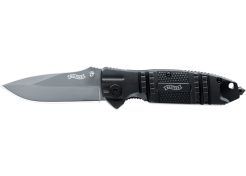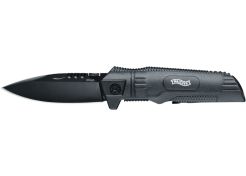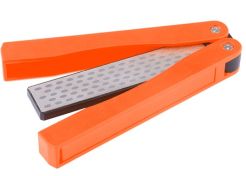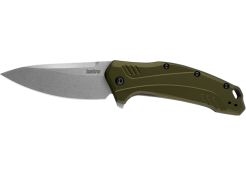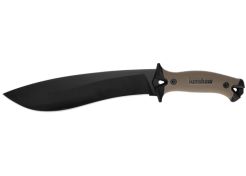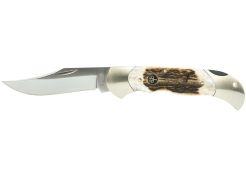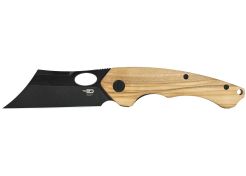-
Pocket knives
Fixed knives
Multitools
Other
It’s very easy for desire to take over when looking to buy a knife. We see it every day and readily admit we’re subject to that same emotion quite often too. For every knife, it’s easy to convince yourself of a reason you must have it and let’s be honest, there’s nothing wrong with treating yourself every now and then. But if you want to buy a knife in our store or in our online shop, rest assured that our experts will provide you with usable advice to help you make a well-considered choice to pick the perfect knife, suiting your personal situation.
Knife stress! How do I choose the perfect one?
To help you buy the perfect knife, we’ve put together a nice guide. In this guide we’ll show you the different categories of knives we’ve got on offer, explaining their primary use. With that knowledge, it will be a piece of cake to choose that one knife from our vast assortment.
Pocket knives: EDC, Swiss Army or something else?
Pocket knives are foldable and can be put into three different categories, each with their own characteristics:
- EDC knives are pocket knives for daily use (Every Day Carry). They’re lightweight, compact and mostly look harmless enough to be used at -for instance- an office. Opening an envelope or parcel, cut a string or remove a loose thread from your sleeve, it’s surprising how often you will use an EDC knife when you’ve got one in your pocket. The great thing of an EDC is the fact you’ll hardly notice it.
- Swiss Army knives feature multiple tools, which makes them extremely versatile. Depending what you’re going to do with it, there are lots of different configurations available. They’re like miniature toolkits and the list of things you can do with a Swiss Army knife is endless. They’re normally a bit thicker than an EDC knife, making them more noticeable in the pocket of your trousers, but they’re perfect in the pocket of your jacket.
- Of course, there are other pocket knives For example larger pocket knives that will raise a few brows when used in urban surroundings, but will be perfectly acceptable when used in the outdoors. A bigger knife is often a bit more robust and will be able to withstand some abuse.
Fixed blade knives: sometimes foldable just doesn’t cut it
Many of the folding pocket knives feature a locking mechanism to prevent the blade from accidentally folding when used, but when a knife is used in anger (matter of speech of course), nothing beats the robustness of a fixed blad knife. They’re easier to keep clean too. Logically, fixed blade knives are mostly usable for outdoor use such as hunting, bushcraft or survival. Fixed blade knives are kept and carried in a sheath, making sure the cutting edge is prevented from doing damage. We’ve got many different types of fixed blade knives:
- Machetes are knives that are specifically designed for cutting your way through thick undergrowth. Think -for example- weed, brambles or reed. Keep in mind hacking your way through nature isn’t permitted everywhere, nor should you want to without a good reason. But what these machetes are surprisingly most used for, is straightening out big neglected gardens.
- Hunting knives can be divided roughly into two sorts. Firstly, there are the traditional hunting knives; multifunctional and often with a handle of wood or antler. Then there are the more specifically designed hunting knives, for example those with a gutting hook. Most hunting knives have a straight edge, not serrated, making for a clean cut.
- Outdoor knives can be split into two categories: survival knives and bushcraft knives. These knives are tough enough to split wood -to give you an example- and offer a secure grip, even when wet. Some outdoor knives feature a (partly) serrated edge, making cutting materials like rope a breeze. The difference between bushcraft and survival knives is blurry at best, but if there’s one important difference, it’s the fact survival knives need to be tough as nails. For example: you’d rather have a thinner blade on a bushcraft knife, as that’s preferable when preparing food or cutting wood. A survival knife needs to be as strong as possible as chances are you’ll be using it for levering, digging and all other sorts of abuse. Bushcraft is hobby, survival is just that, surviving.
Multitools: they are used everywhere!
Multitools aren’t knives in the strict sense of the word. You could say they’re a redevelopment of the Swiss Army knife, designed for even heavier use. Most big multitools feature a pair of pliers and -of course- a strong blade, complimented by a vast array of other tools, varying as widely as they do on Swiss Army knives.
Very specific knives for hunters
Hunters and those of you who like to cut up their own meat, will be pleased to know we also sell butcher knife sets, consisting of knives such as boning knives, gutting knives and bone saws. Of course, we’ve also got antler saws in our assortment.
Nearly there, stay sharp!
However durable a knife may be, after prolonged use, every knife loses its edge. First, the edge will roll sideways, which can be corrected with a sharpening steel, but eventually you’ll need to resharpen your knife. Rest assured, we’ve got you covered with our knife sharpeners.







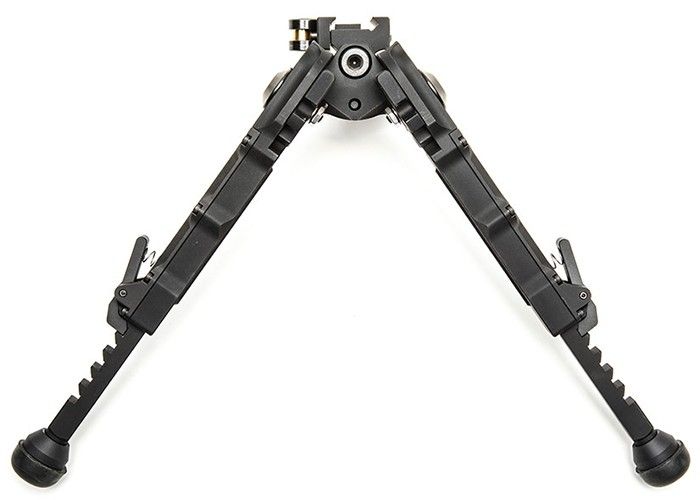
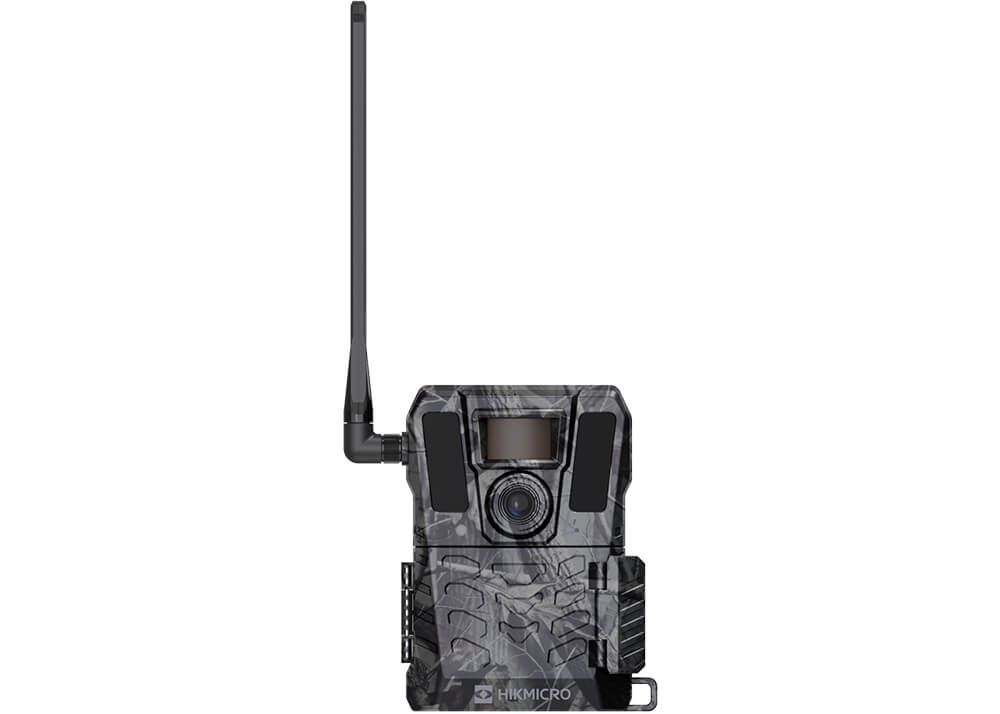
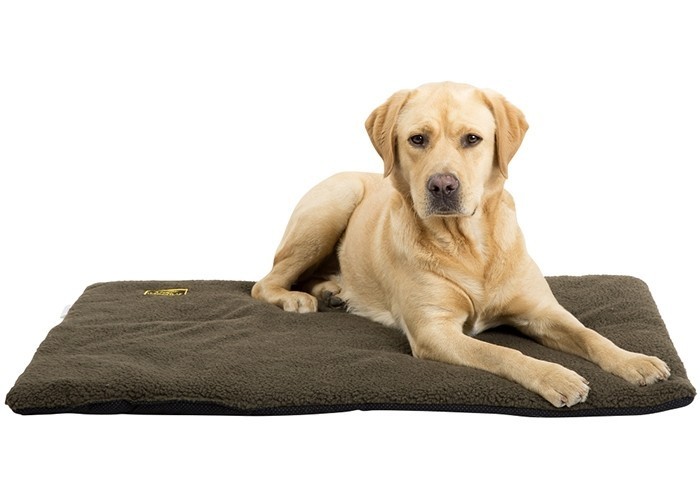
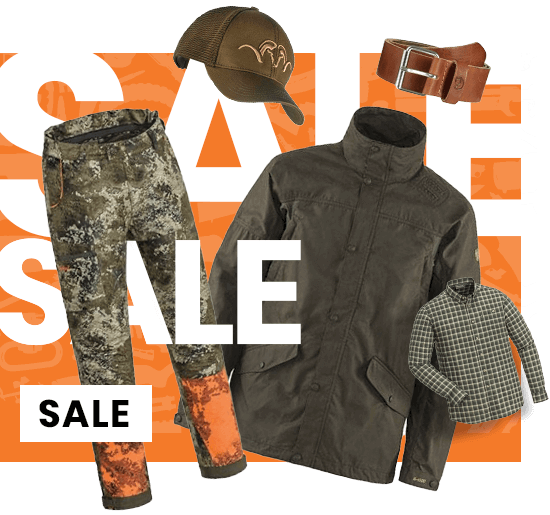
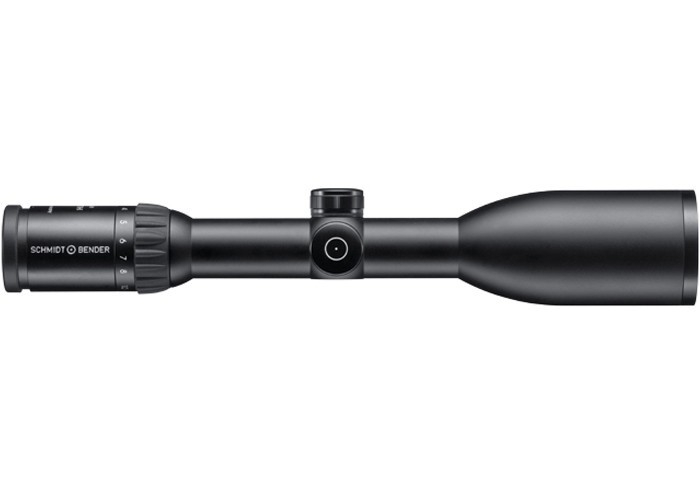

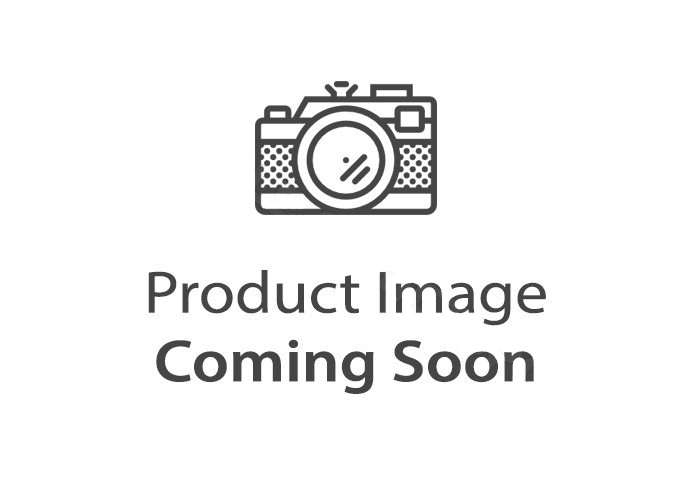
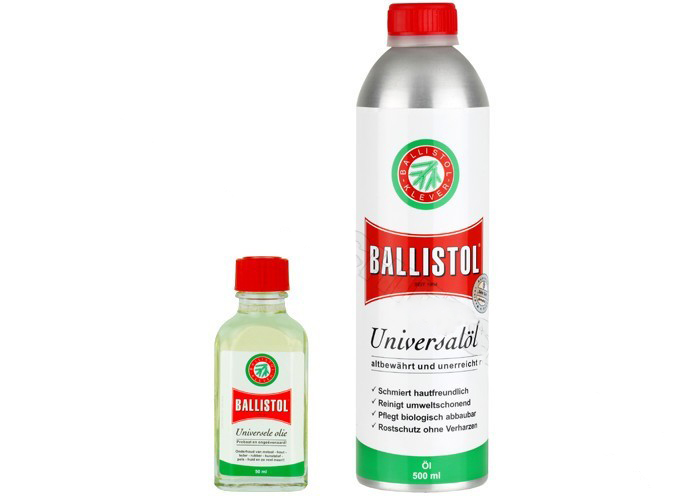
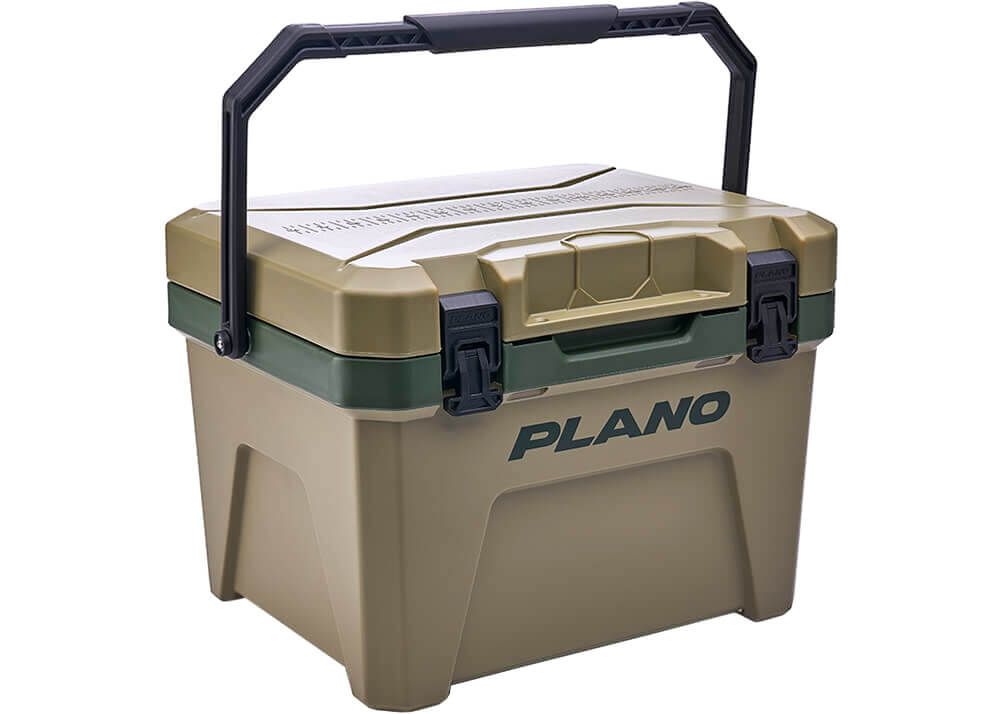
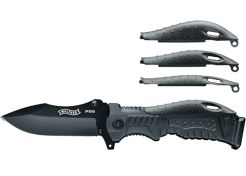
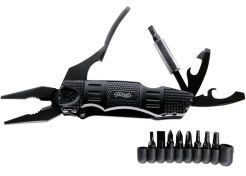
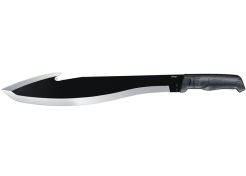
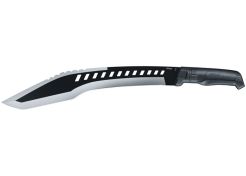
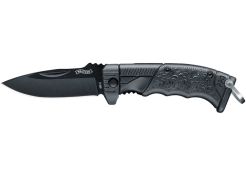

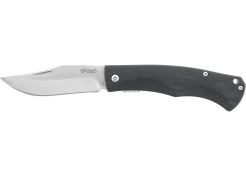
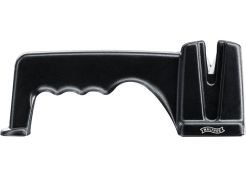
 Fast & secure delivery
Fast & secure delivery Secure shopping & payment
Secure shopping & payment Lots of expertise
Lots of expertise